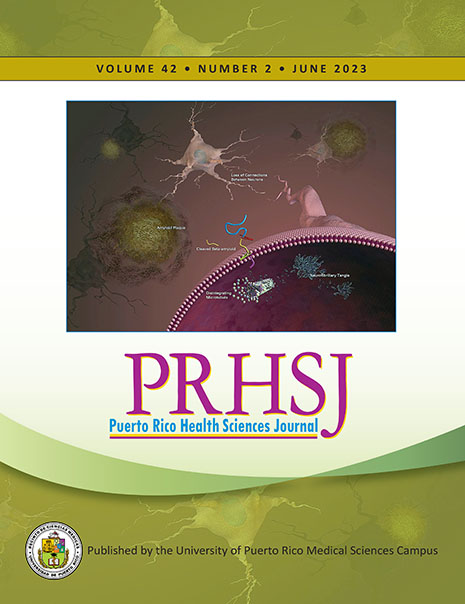Abstract
Objective: This article proposes an engineering-economics model to determine the total cost of a neurological disease along its temporal progression. The objective was to develop a planning tool faithful to the reality of this type of ailment as well as to that of Puerto Rico (PR). Methods: The proposed model organizes a given neurological disease into 3 progressive phases of deterioration; in each, the model collects the typical associated costs and adjusts them based on their value over time. This way, the total cost of the ailment is calculated and its present day dollar value expressed. Model verification was carried out using data from Puerto Rico related to Parkinson’s, Alzheimer’s, and Huntington’s diseases. Results: The method demonstrated here considered Parkinson’s disease in PR. Our model calculated a total annual cost of $64,915 for a patient at the medium stage. This figure is larger than estimates from other authors, which fall between $41,689 and $51,600 for the USA. This difference is partially due to the proposed model considering the individual’s opportunity cost of the loss of productive years, an original contribution of our work. Conclusion: A neurological disease is one in which an individual goes through progressive phases of deterioration that will require significant economic resources. The model proposed here is designed across the commonalities between Alzheimer’s, Parkinson’s, and Huntington’s diseases and illustrated using costs from PR. As an additional contribution, it allows the consideration of the opportunity cost of lost productivity, a characteristic that makes it more realistic.
Authors who publish with this journal agree to the following terms:
a. Authors retain copyright and grant the journal right of first publication with the work simultaneously licensed under a Creative Commons Attribution License that allows others to share the work with an acknowledgement of the work's authorship and initial publication in this journal.
b. Authors are able to enter into separate, additional contractual arrangements for the non-exclusive distribution of the journal's published version of the work (e.g., post it to an institutional repository or publish it in a book), with an acknowledgement of its initial publication in this journal.
c. Authors are permitted and encouraged to post their work online (e.g., in institutional repositories or on their website) prior to and during the submission process, as it can lead to productive exchanges, as well as earlier and greater citation of published work (See The Effect of Open Access).
